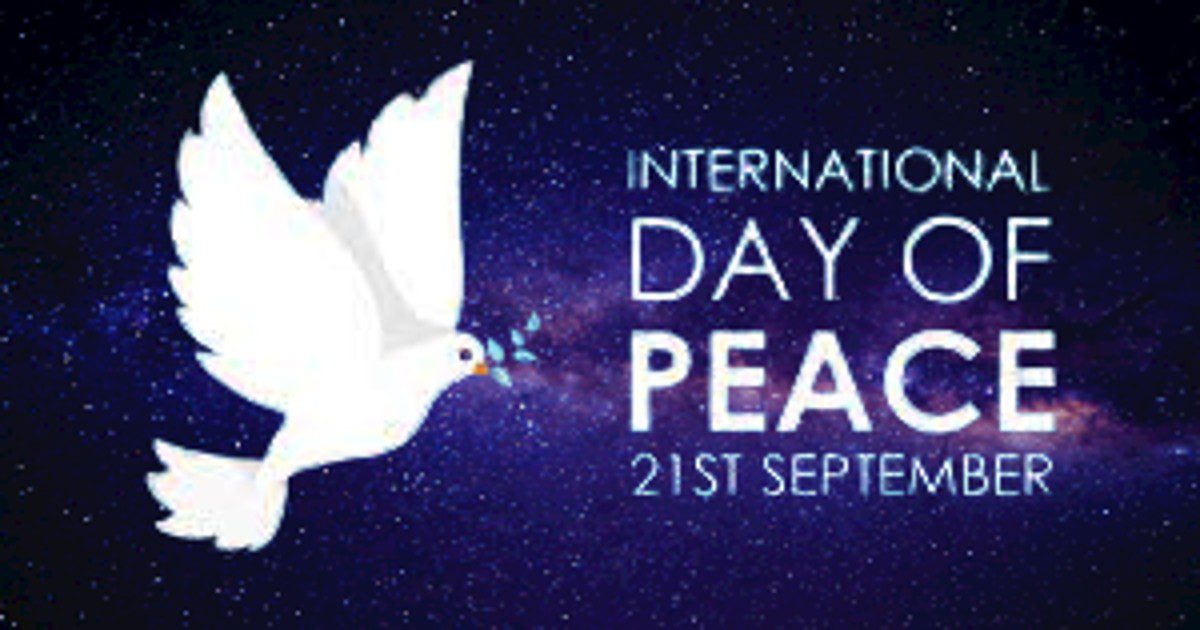International Day of Peace: Every year the International Day of Peace (IDP) is observed on 21 September around the world. This is an annual observation day. It is also officially known as the World Peace Day.
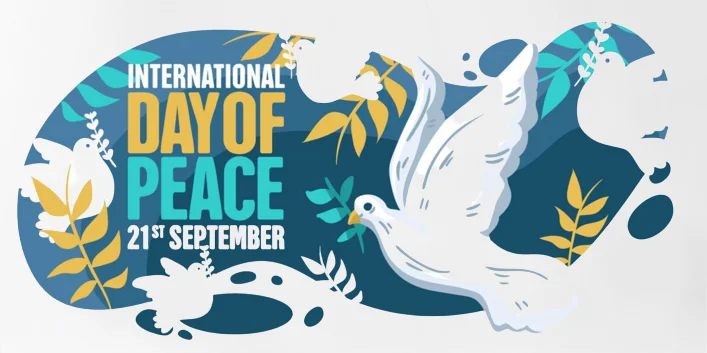
International Day of Peace
The International Day of Peace was established in 1981 by the United Nations General Assembly. It is dedicated to world peace, and specifically the absence of war and violence.
Globally, the United Nations are working towards 17 Sustainable Development Goals (SDGs) or Global Goals. The SDGs were formulated in 2015 by the United Nations General Assembly (UNGA). “PEACE” is one of the 17 SDGs.
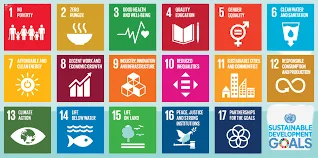
Below are the 17 Sustainable Development Goals.
Goal 1: No poverty
Goal 2: Zero hunger (No hunger)
Goal 3: Good health and well-being
Goal 4: Quality education
Goal 5: Gender equality
Goal 6: Clean water and sanitation
Goal 7: Affordable and clean energy
Goal 8: Decent work and economic growth
Goal 9: Industry, Innovation and Infrastructure
Goal 10: Reduced inequality
Goal 11: Sustainable cities and communities
Goal 12: Responsible consumption and production
Goal 13: Climate action
Goal 14: Life below water
Goal 15: Life on land
Goal 16: Peace, justice and strong institutions
Goal 17: Partnership for the goals
International Day of Peace Activities
People from across the world celebrate the International Day of Peace in meaningful and diverse ways. Here are some of the activities on Peace Day:
- Minute of silence at 12 noon (all time zones).
- Interfaith and intercultural dialogues.
- Peace education events.
- Workshops on the UN Peace Day theme.
- Planting peace poles.
- Meditation and prayer.
- Community gathering.
- Concerts and festivals.
- Service to others.
- Soccer/football matches in the spirit of peace.
- Feasts for peace.
- Yoga.
- Writing peace poetry.
- Marches, parades and flag hoisting ceremonies.
- Engaging youths in peace-building activities.
- Public programs with government officials.
- Vigils.
Celebrations
To celebrate and inaugurate the day, the United Nations Peace Bell is rung at UN Headquarters (in New York City).
Peace Bell
The United Nations Association of Japan donated the Japanese Peace Bell in 1954 to the United Nations Headquarters in New York City. It has become customary to ring the bell twice a year: on the first day of spring, at the Vernal Equinox, and on September 21st, International Day of Peace.
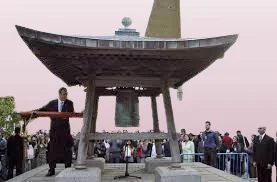
The Peace bell is a bonsho (a Buddhist temple bell) that is 60 centimeters in diameter, 1 meter in height, and 116 kg in weight. It was established by Chiyoji Nakagawa. The bell is cast from coins donated by children from all continents except Africa, and was a gift from the United Nations Association of Japan, as “a reminder of the human cost of war”; the inscription on its side reads, “Long live absolute world peace”
In 1951, Chiyoji Nakagawa, who was a then-current council member of the UN Association of Japan and later became the mayor of Uwajima City. participated in the 6th General Assembly of the United Nations held in Paris at his own expense as an observer from Uwajima, a city located in the south-west of the Shikoku region.
With the aid of Benjamin Cohen, the Secretary General, he appealed to national representatives: “I want to collect coins and medals from people all over the world, going beyond differences in ideas, principles, regions, races, and nationalities, to melt them into one molded piece to cast a bell as a symbol of the wish for peace and present it to the United Nations headquarters. I want the bell to be tolled for peace.”
Currently, the Japanese Peace Bell is located in the Japanese Garden of the UN headquarters, and is rung twice a year: around Earth Day on March 21, and for the International Day of Peace on September 21. Notably on the International Day of Peace, the UN Secretary General rings the bell to pray for world peace in the presence of the UN executives, other UN members, and celebrities.
Antonio Guterres, the ninth Secretary-General of the United Nations who took office on 1st January 2017 has said
“Racism continues to poison institutions, social structures, and everyday life in every society. It continues to be a driver of persistent inequality. And it continues to deny people their fundamental human rights. It destabilizes societies, undermines democracies, erodes the legitimacy of governments, and the linkages between racism and gender inequality are unmistakable.”
International Day of Peace Themes
Every year the United Nations observe the World Peace Day with a different and unique themes for maintaining peace across the globe.
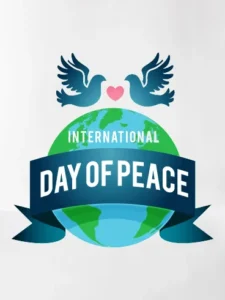
2009: WMD – We Must Disarm ( “Take Action for a World Free of Nuclear Weapons, Disarmament and non-proliferation to raise awareness of the dangers and costs of nuclear weapons, and on why nuclear disarmament and non-proliferation are so crucial.”)
2010 – Youth for Peace and Development
2011 – Peace and Democracy: Make Your Voice Heard
2012 – Sustainable Peace for a Sustainable Future
2013 – Focus on Peace education
2014 – Right to Peace
2015 – Partnerships for Peace – Dignity for All
2016 – The Sustainable Development Goals: Building Blocks for Peace
2017 – Together for Peace: Respect, Safety and Dignity for All
2018 – The Right to Peace – The Universal Declaration of Human Rights at 70
2019 – Climate Action for Peace
2020 – Shaping Peace Together
2021 – Recovering Better for an Equitable and Sustainable World
2022 – End racism. Build peace.
For International Day of Peace 2023, the theme is ‘Actions for Peace: Our Ambition for the #Global Goals‘. It is a push for us (United Nations) to recognize how our individual and collective actions can affect and foster global peace.
Visit read4knowledge for more articles on “General Awareness“.
